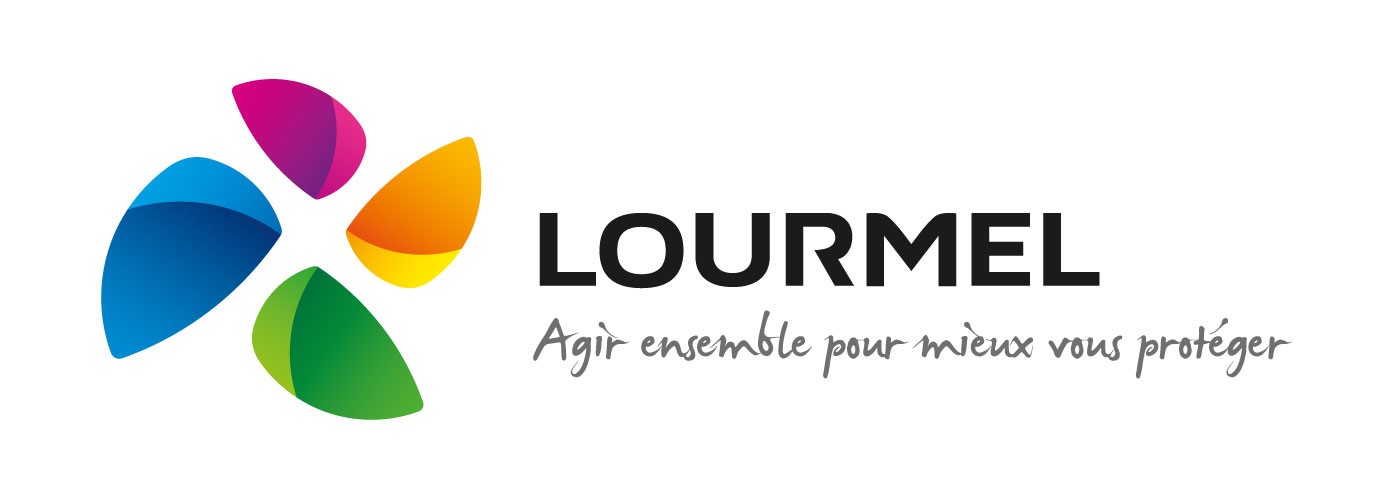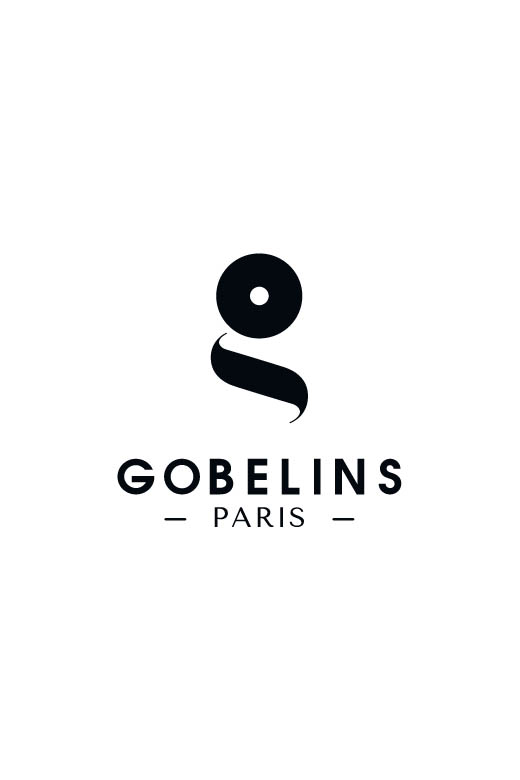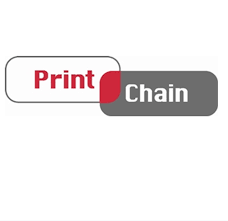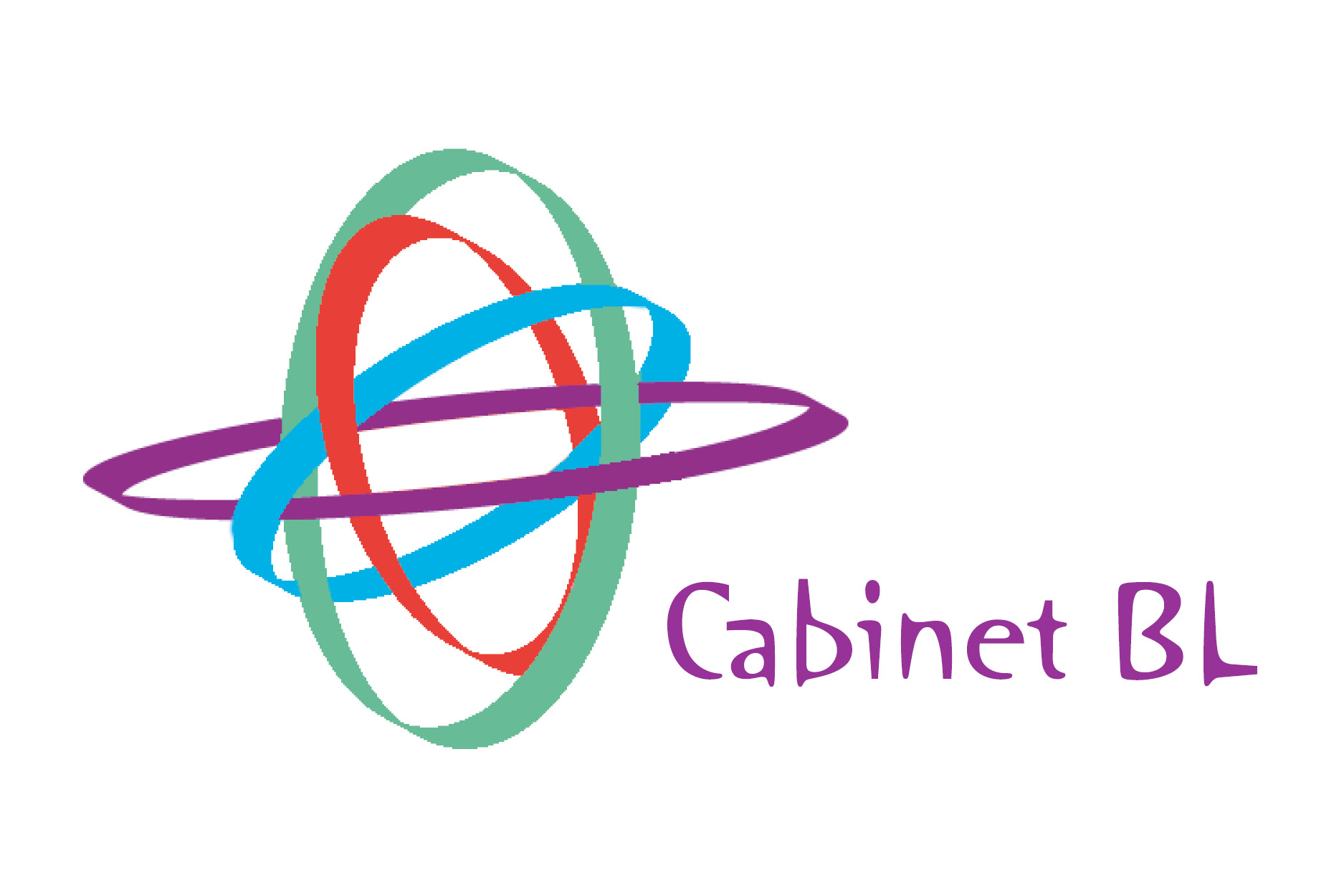The New York Times bets on the ad pendulum swinging back to context
The subscribers-first New York Times cares about its readers’ privacy and is developing its ad strategy accordingly.
On April 29 during its presentation at the 2019 NewFronts, the national news publisher talked up new advertising targeting that allows marketers to target readers using several contextual factors, including their motivations and the topics of the articles readers are viewing.
The motivation-focused capability, which will allow advertisers to target articles likely to make readers undertake a certain action, is expected to launch in the fourth quarter of 2019; the topic-targeted ads, which will categorize Times content into “a couple hundred” different categories, will launch in the next quarter, svp of ad innovation Allison Murphy said.
The Times, which has been participating in the NewFronts since 2014, has historically used the platform to plug shiny new formats including virtual reality, or its storytelling prowess. But with advertisers still leery of news as a category and publishers trying to compete for advertiser budgets on turf that’s unfavorable for platforms, the Times decided a suite of contextual ad announcements deserved stage time; while the two-hour presentation also included news about its cable TV show, The Weekly, information about its investments in voice, and talk about its podcasts, Murphy had the second-most stage time of any Times employee, after the Times’ global head of advertising and marketing solutions, Sebastian Tomich.
“This is a bet for us,” Tomich said after the morning presentation. “I think there is an argument, and it’s early to make the fully formed argument, that the industry has course-corrected so far into precision audience targeting that there’s actually diminishing returns, and you can get more, at least for now, if you try a bit of focus on context.”
For the past several years, news publishers have had to fight against advertisers’ leeriness of news as a category. In November 2018, 43% of 400 media buyers Digiday surveyed said they avoid advertising next to news. That suspicion of the category has forced publishers to get more sophisticated in how they pitch contextual advertising.
“News is still challenging for some advertisers given the increased focus around brand safety,” said John Wagner, executive director of published media and digital direct at media agency PHD. “Intentions are a step to ensure advertisers feel safe and supported in a challenging environment.”
The Times has attacked the issue from several angles. Some, such as its recent embraces of lifestyle and service journalism, are partly the result of the Times’ embrace of subscriber revenue.
Others are the fruit of an increased investment in ad products. For example, in February 2018, it began offering advertisers the chance to target ads against the emotions that a Times story might evoke in a reader. Advertisers have since run “dozens” of emotion-based campaigns, Murphy said, which have on average produced a 40% improvement on click-through rates over control. A number of other large publishers, including ESPN and USA Today, have deployed ad products that allow advertisers to target readers based on their emotional states.
The Times built the model for emotional targeting by using machine learning to process information crowdsourced from a group of Times readers. It will use a similar tactic for the motivational targeting announced today.
While many attendees found a lot of promise in the Times’ presentation, some expressed skepticism that the new products would deliver what they promised.
“I question as to whether there is an ‘intent to buy’ that is proven,” said Peter Clark, the CEO of the media buying and marketing services group CHR Media Group. “They make these big assumptions that an ‘ad’ of any sort, sitting beside ‘content,’ really will drive alignment to brand value. It seems borne out of their history of selling ‘ad pages’ that simply sit beside editorial and the wall between the two that is so structural to their prior success.”
Yet as the Times keeps subscriber growth as its top priority, and with its newsroom just weeks into a months-long investigation of digital consumer privacy, it had no choice but to choose a less invasive way of selling their subscriber base to advertisers.
“It would have been really weird if, one year ago, two years ago, we’d gone the way the rest of the industry and said, ‘We’re sharing our subscribers’ personal information. We know everything about our subscribers, and we’ll let you pinpoint them as a marketer,’” Tomich said. “We’ve gone in the opposite direction. And that feels right.”

































